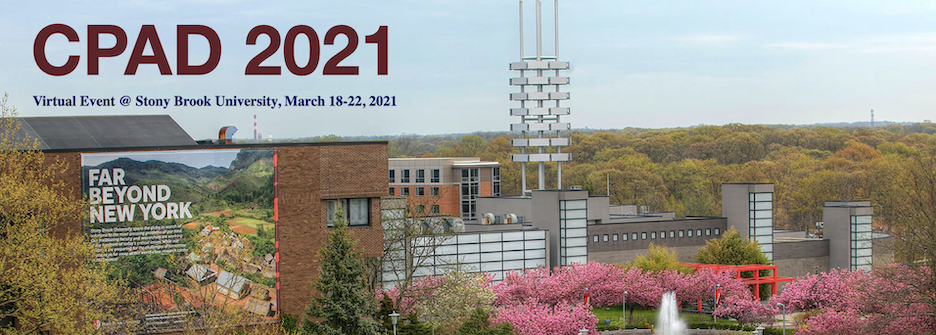Speaker
Description
The applications of neutron detection are growing also outside the particle physics community: radioactive waste management (RWM), radioactive portal monitoring (RPM), and imaging are some of the most active fields. Due to the shortage of $\mathrm{He^3}$, it is necessary to find reliable and effective alternatives. One of the most promising techniques is to use a Boron-coated gas detector: the neutrons convert into alpha particles (or Lithium ions) that can be later detected. The project $\mu$RANIA-V ( $\mu$Rwell Advanced Neutron Identification Apparatus) aims to detect thermal neutrons by means of the innovative $\mu$Rwell gas detector. In particular, $\mu$RANIA-V is based on three pillars: increasing the neutron detection efficiency by introducing mesh and a grooved cathode; advance the technological transfer to industry, to reduce the production costs; prepare and test electronics to count the neutrons from the signals produced in the amplification stage. The optimization of the neutron detection technique, the first part of the study, has been developed within the EU-ATTRACT call. In this presentation, an overview of the project will be presented.
